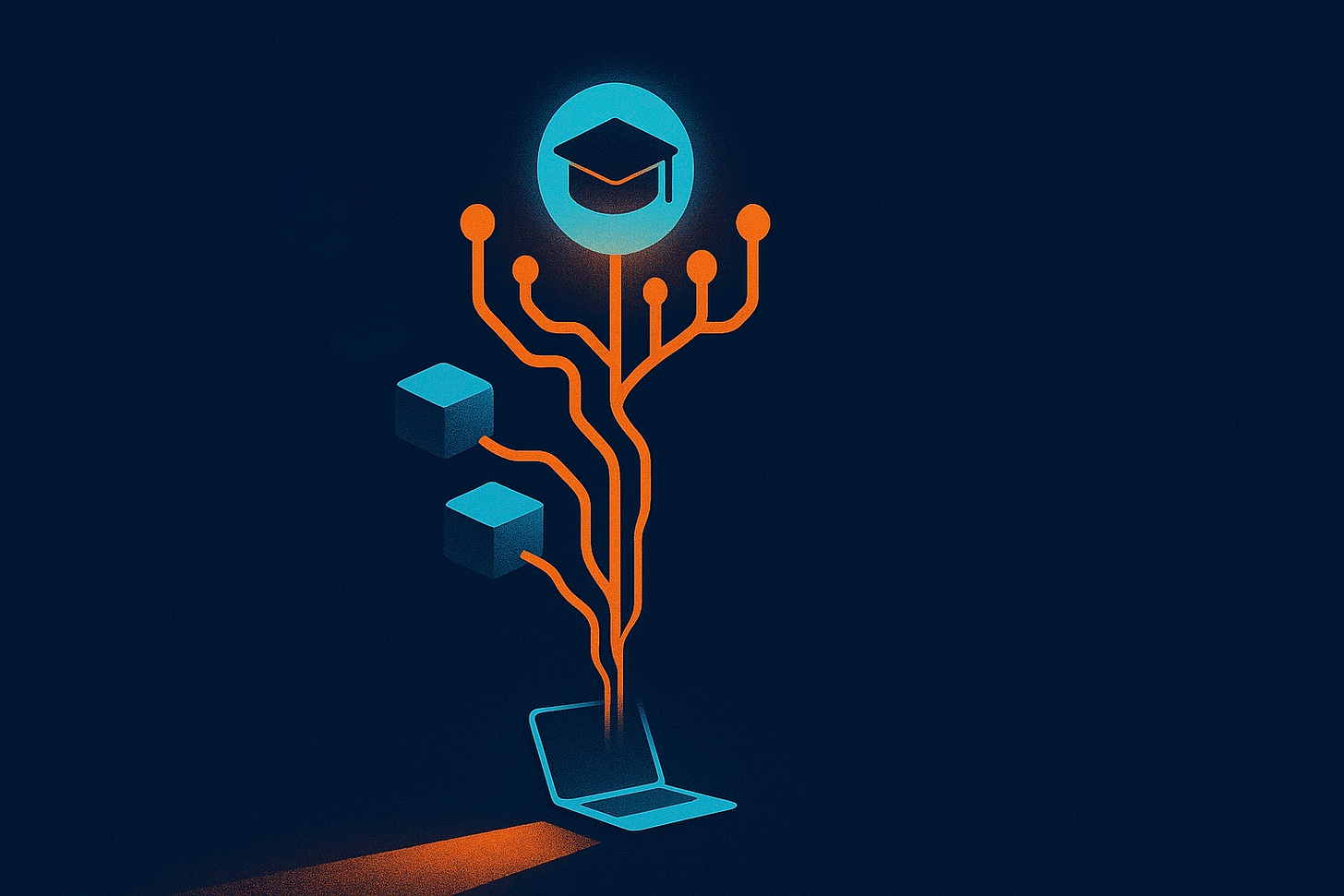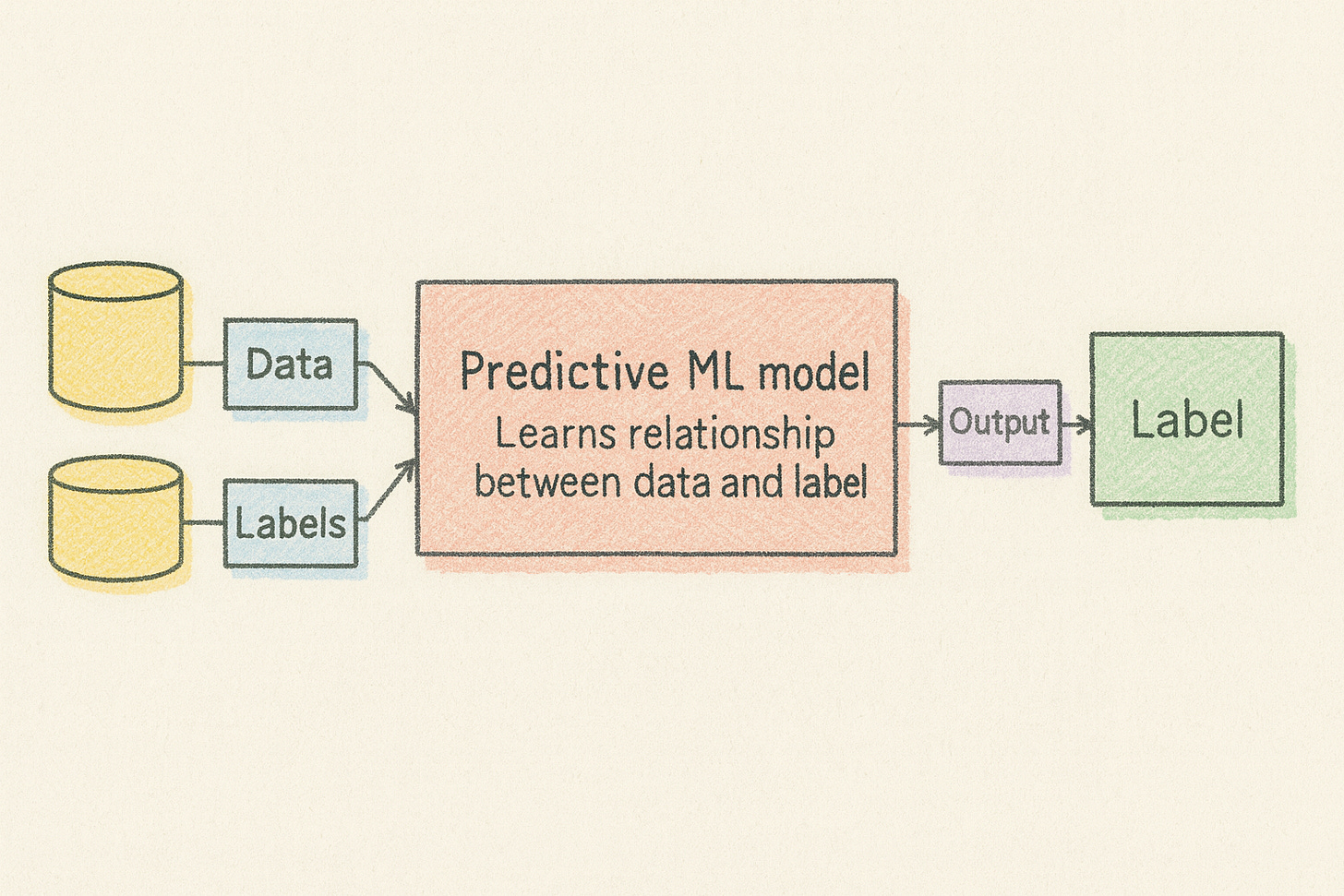I Took Google's AI Course for Beginners. Here's a Summary in Plain English
Here are my notes about Google's AI course without much of the tech jargon.
Recently, I took Google’s AI course for beginners.
Why? To better understand how AI tools like Gemini and ChatGPT work. Surprisingly, I discovered that some AI concepts I had were unclear, and after taking the course, I feel more confident when talking about AI and using AI tools.
In this article, I sum up the course in plain English, avoiding most of the technical jargon found in the course.
Part 1: The Tech Behind AI Tools
AI tools like ChatGPT are at the intersection of Generative AI and LLMs. As you can see in the image below, they’re both subfields of artificial intelligence and are at the bottom of the AI hierarchy
We’ll gently get into the concept of Generative AI and LLMs, but first, we need to start at the top. We need to learn what Artificial Intelligence is.
Artificial Intelligence (AI) is a discipline concerned with the development of machines that think and act like humans. AI is an entire field of study (just like physics or chemistry) that encompasses many subfields.
One important subfield of AI that people often confuse with AI itself is Machine Learning (ML). ML gives the computer the ability to learn from data and make predictions or decisions.
Machine learning models are generally split into supervised and unsupervised models.
Supervised models are trained on labeled data, which means each training example comes with an answer. For example, if you feed a model with home details such as size and number of rooms (inputs) and the final price (output), it’ll be able to predict the price of a new listing.
Unsupervised models are trained on unlabeled data, so there are no explicit correct answers provided. Here, the model has to look for structure: groups, patterns, oddballs, and simpler ways to represent complex stuff. An example of this is a music app that clusters songs into “moods” without being told the genre labels.
Moving further, there’s Deep Learning, a subset of machine learning that uses artificial neural networks inspired by the structure of the human brain. Deep Learning models usually have many layers of neurons that allow them to learn more complex patterns than traditional machine learning models.
Here’s a simple representation of these layers of neurons.
Neural networks can use both labeled and unlabeled data. This is called semi-supervised learning and combines a small amount of labeled data with a large amount of unlabeled data. The labeled data helps the neural network to learn the basic concepts of the tasks, while the unlabeled data helps the neural network to generalize to new examples.
Here’s when Generative AI and LLMs enter the conversation.





